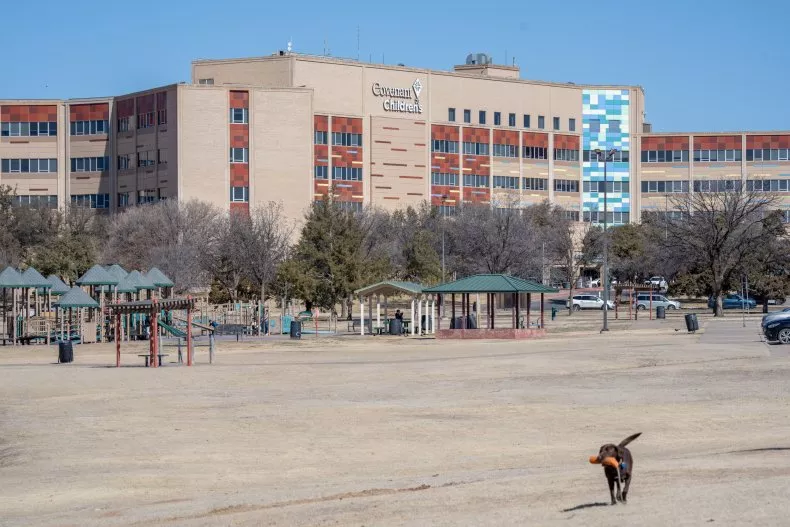Filter:
Level:
Source:
Topic:
The latest news of the day, continuously updated 24h. From official news sources such as CNN, BBC, VOA, Inside Science,...

 1 minute
1 minute 'Extremely Severe' Obesity on the Rise in US Children—Study
A JAMA Network study analyzing U.S. health data from 2008–2023 shows extremely severe obesity among children has risen over threefold, a trend researchers call a public health emergency. Using data from 25,847 participants aged 2–18 in NHANES, they found a 253% relative increase in the most severe obesity categories. Adolescents 16–18 and non-Hispanic Black children are most affected.
The CDC reports overall childhood obesity rose from 19.46% in 2008 to 22.52% in 2023, with 14.7 million children now obese. Lower‑income and minority groups face disproportionate burdens due to limited access to healthy food, safe recreation, and medical care. Pandemic disruptions worsened trends, doubling rates of annual weight gain between 2019 and 2021.
Extremely severe obesity greatly heightens risks for type 2 diabetes, fatty liver disease (MASLD), metabolic syndrome, and early cardiovascular disease, with complications often persisting into adulthood and raising long‑term healthcare costs. The CDC estimates childhood obesity already costs $1.3 billion annually.
Researchers urge early prevention, education, and resource mobilization to reverse these trends and protect future generations' health.
Source: NW [ 858] 2025-07-22 07:32:30
858] 2025-07-22 07:32:30
 1 minute
1 minute 80% of US Counties Contain 'Health Care Deserts': Report
New data from GoodRx shows that over 120 million Americans—about 81% of U.S. counties—now live in “health care deserts,” areas without adequate access to pharmacies, primary care, hospital beds, trauma centers, or community health facilities. The problem has worsened in 2025 due to widespread drugstore closures, creating “pharmacy deserts” where people must travel farther for essential medication.
The issue is most acute in rural and lower‑income communities. Wyoming, Vermont, and Montana are among the most affected states, with up to 87% of residents in affected counties. Structural gaps and loss of federal shortage designations have compounded the crisis, making it harder to direct funding or assistance.
The consequences are significant: nearly 1 in 5 Americans already visit multiple pharmacies to fill prescriptions, and many face long drives—over 30 minutes to reach a hospital or more than an hour to a trauma center. Experts warn that delays in care lead to worse outcomes, particularly for people with chronic conditions or no insurance, as closures eliminate the last local providers and no immediate replacements are in sight.
Source: NW [ 220] 2025-07-22 07:31:18
220] 2025-07-22 07:31:18
Read bilingual newspapers by topic
Learn English with Videos










